Edited by Admin_Dermpath
Case Number : Case 1999 - 2 Feb 2018 Posted By: Dr. Richard Carr
Please read the clinical history and view the images by clicking on them before you proffer your diagnosis.
Submitted Date :
RAC7818
Clinical Details: F40. Occipital lump. ?Lymph node. Case c/o Dr Yee Wah Tsang
Clinical Details: F40. Occipital lump. ?Lymph node. Case c/o Dr Yee Wah Tsang

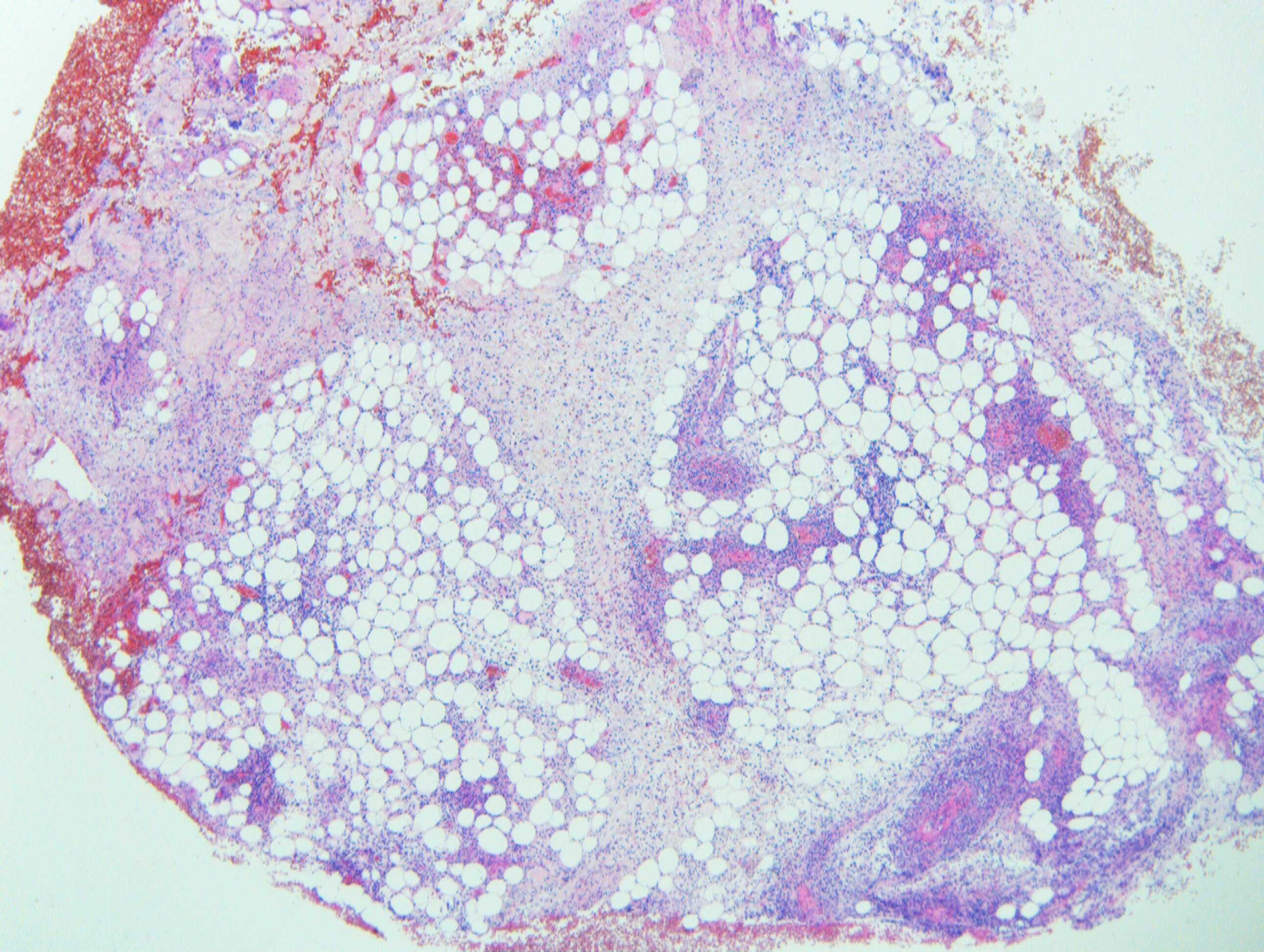

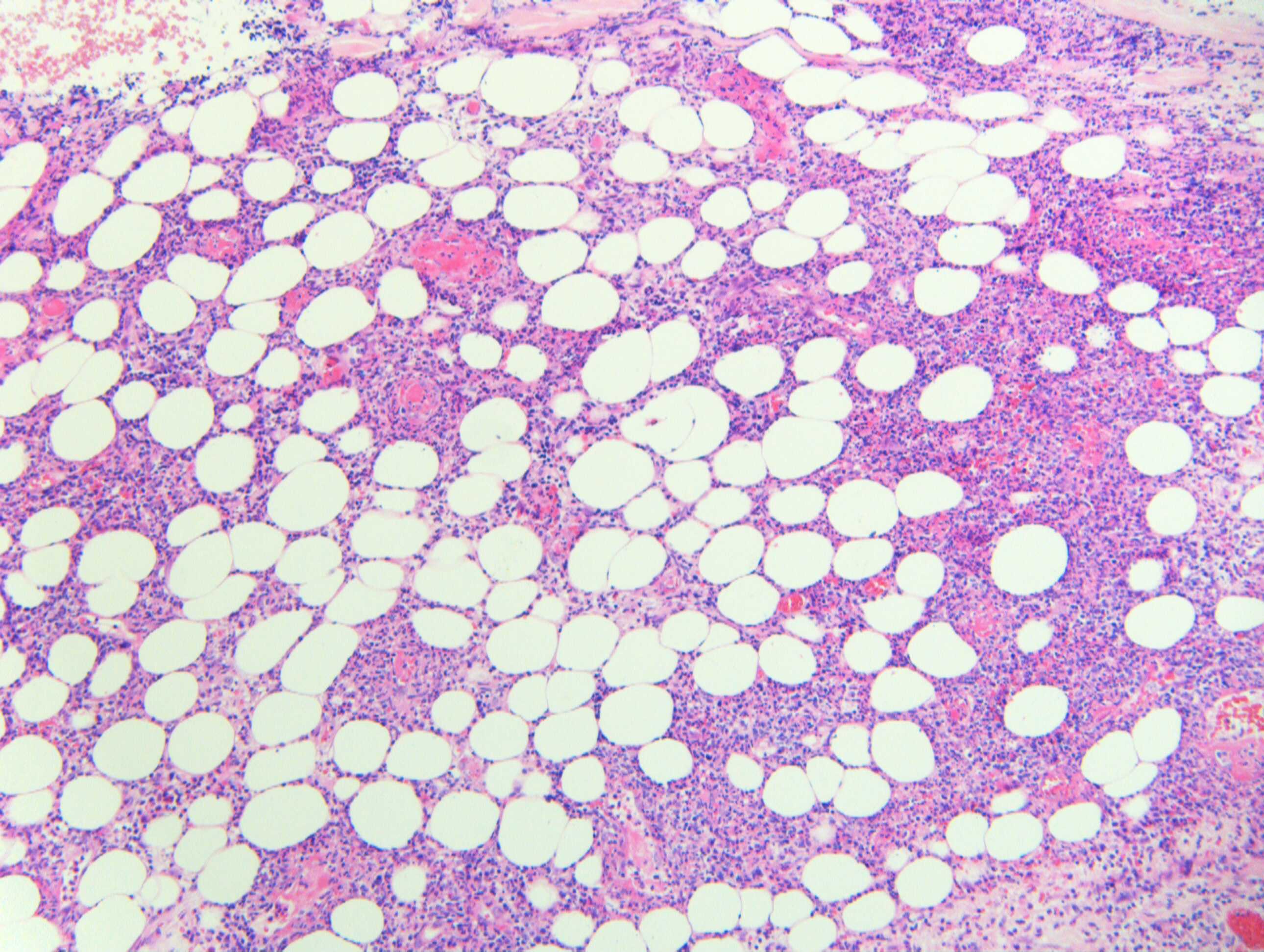
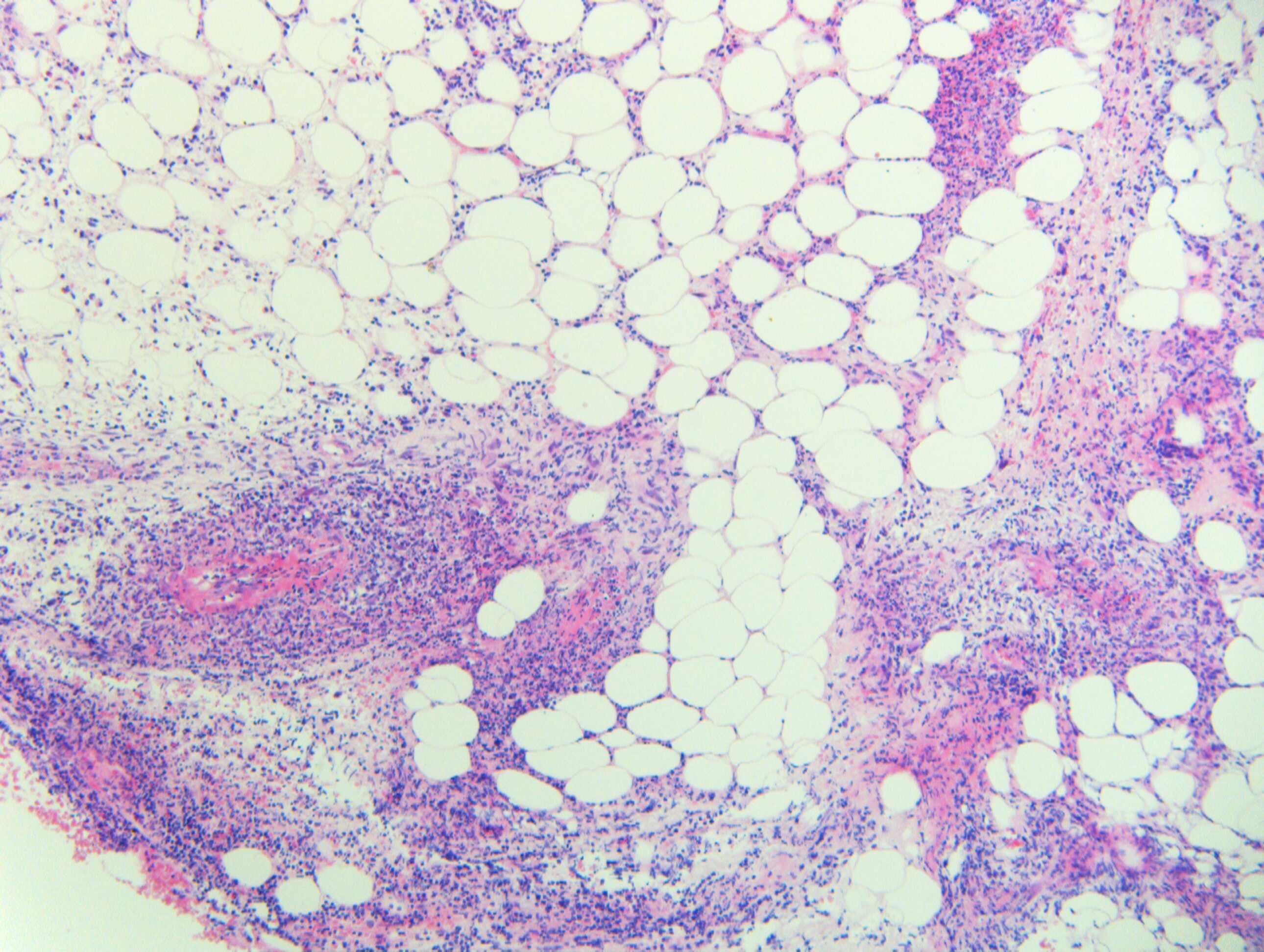
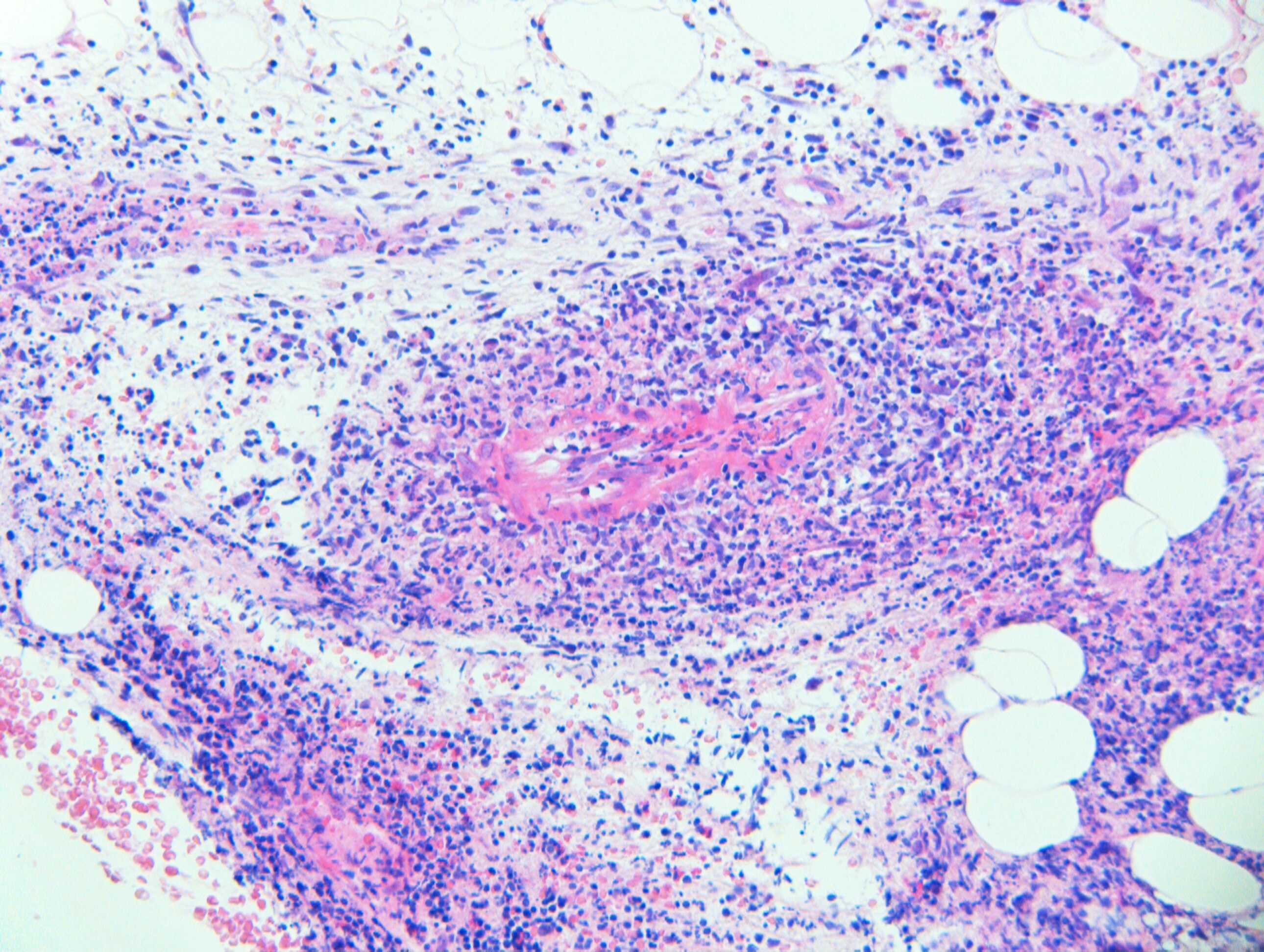

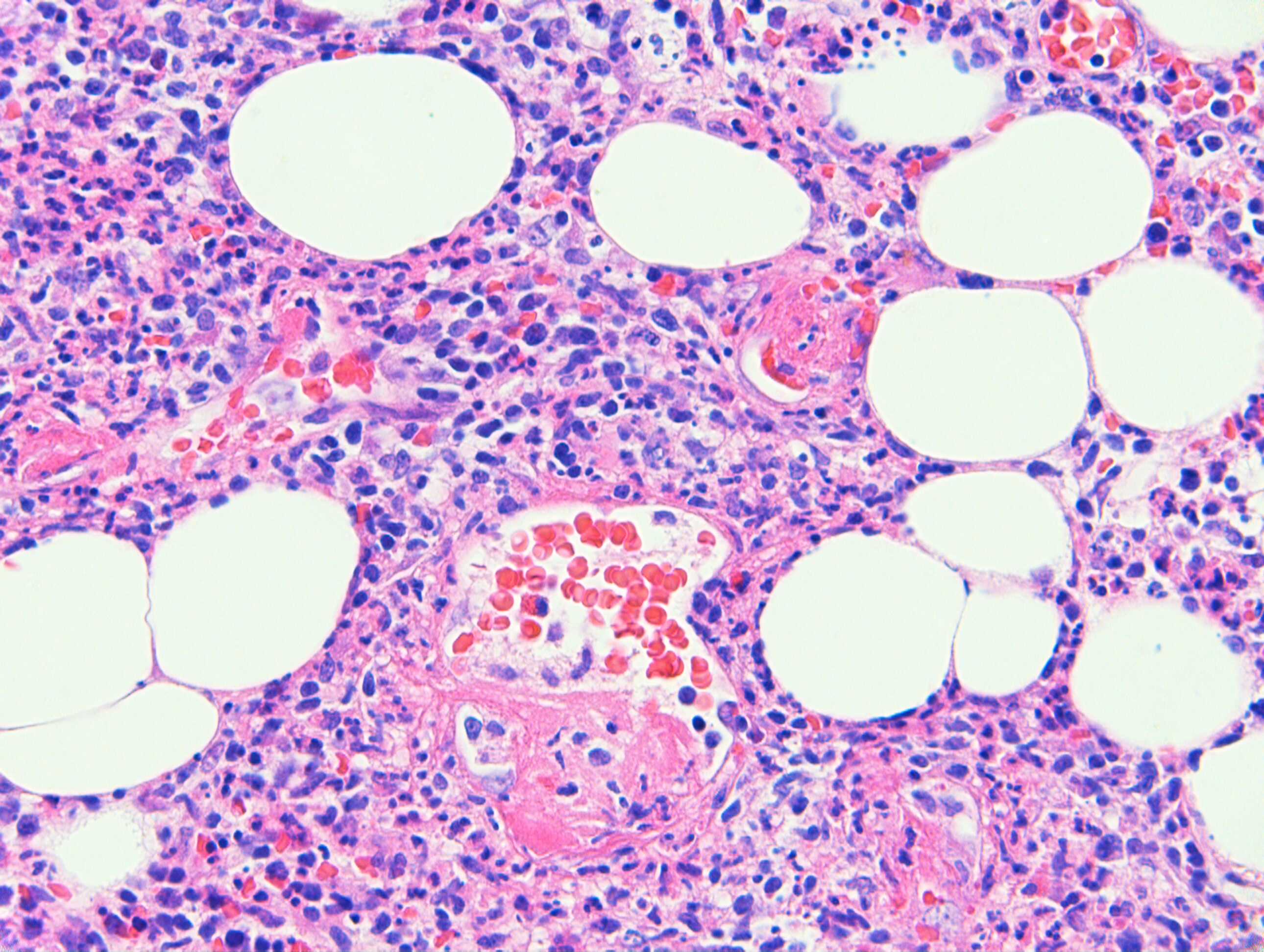
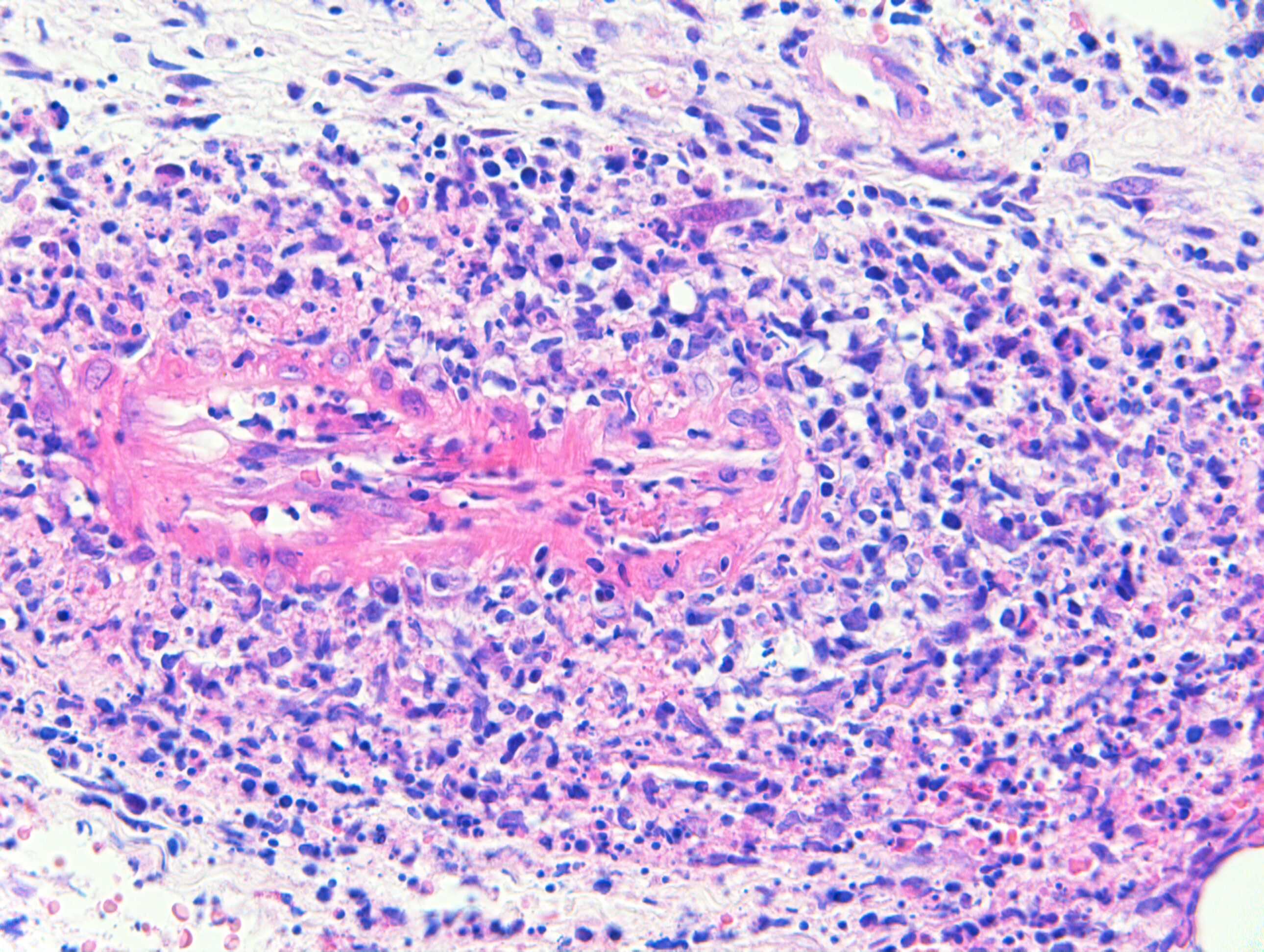
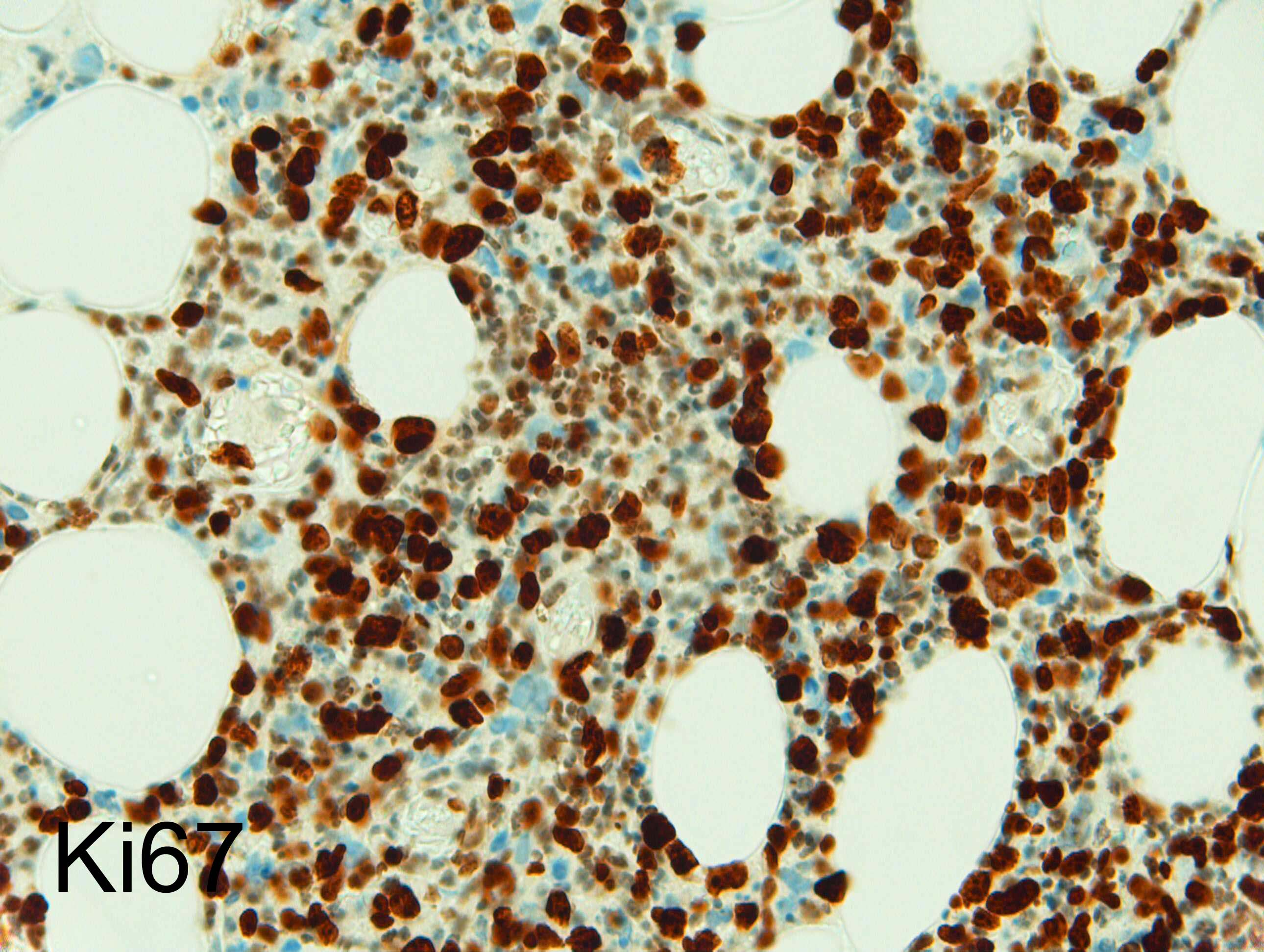
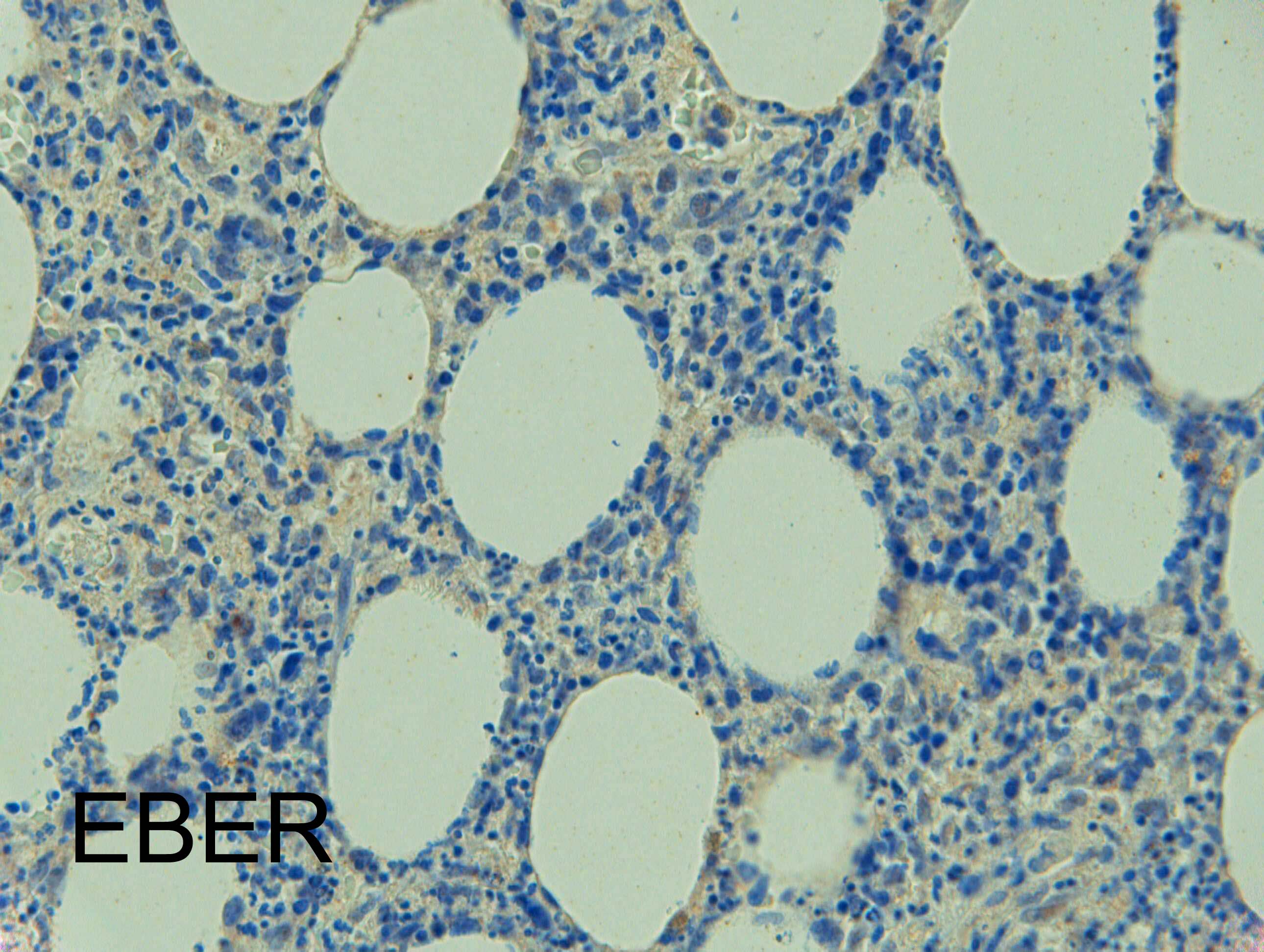

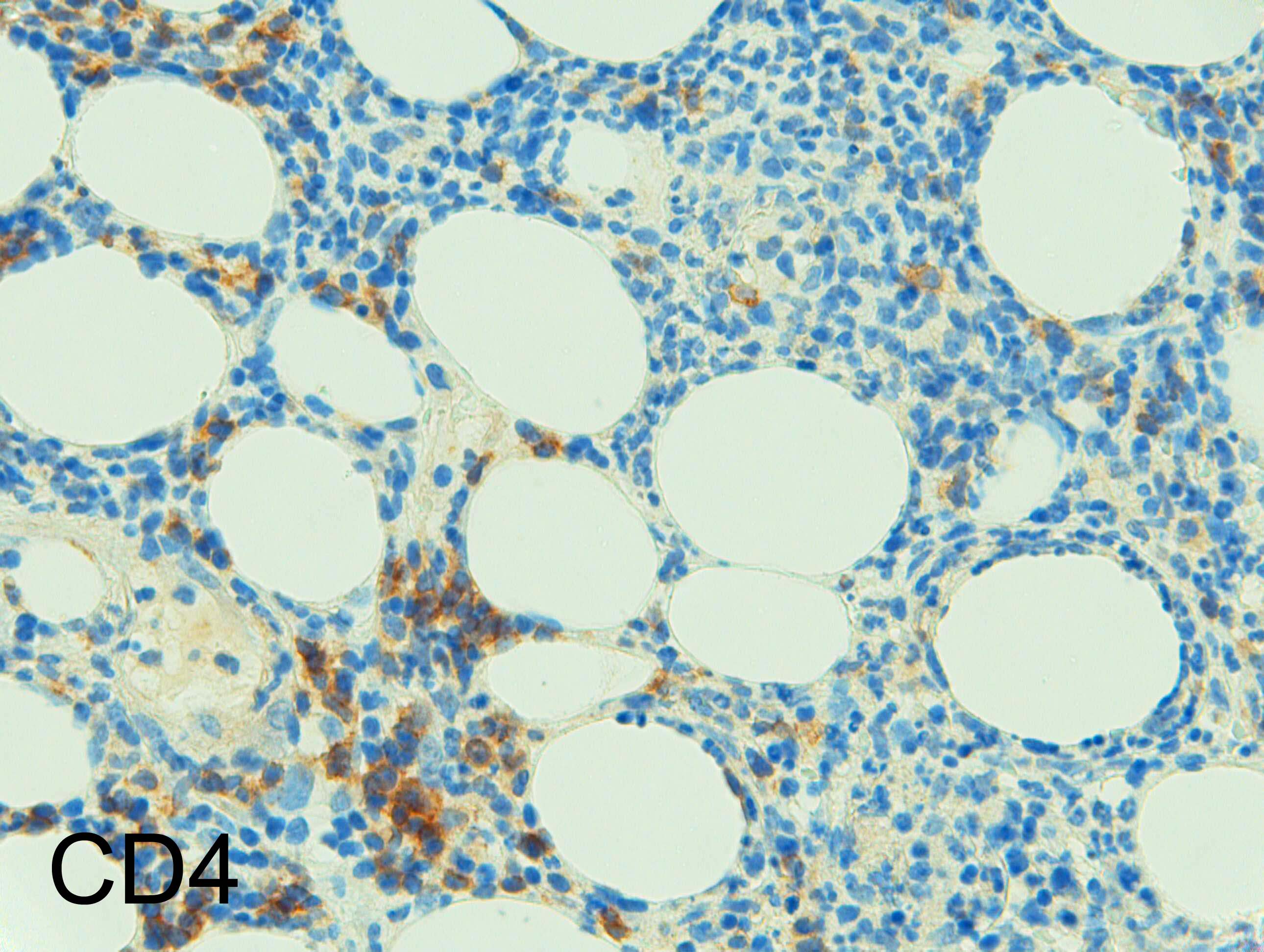
Join the conversation
You can post now and register later. If you have an account, sign in now to post with your account.